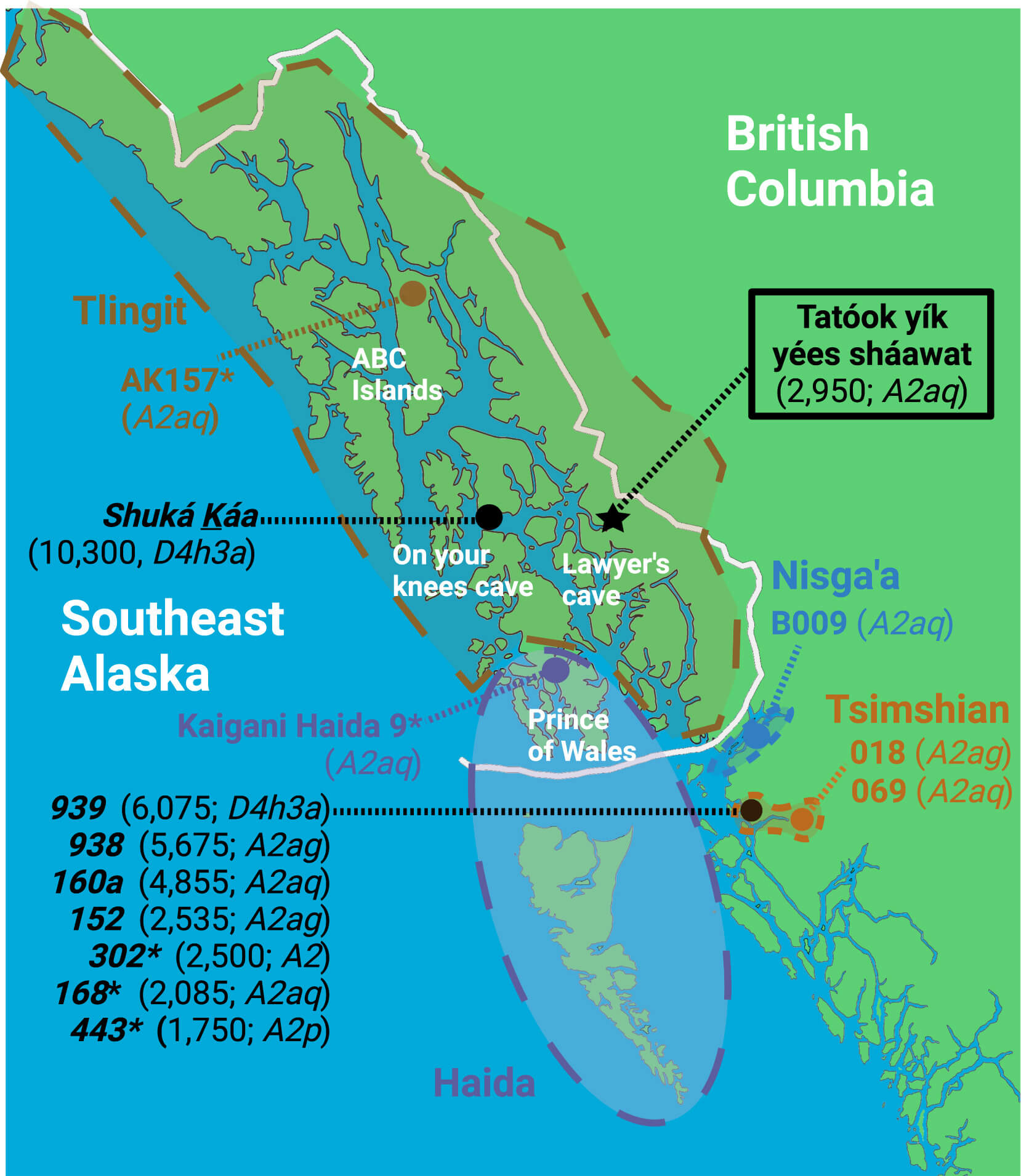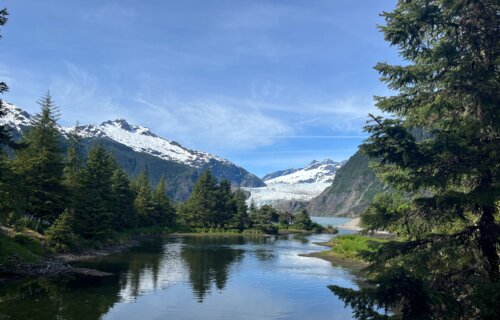BUFFALO, N.Y. — Scientists from the University at Buffalo make a significant discovery about the first people to live in the Americas, as well as modern-day Alaskan natives. Through genetic analysis of a bone from a human female found in a cave on Alaska’s southeast coast, they found that some modern Alaska Natives still live where their ancestors did some 3,000 years ago. The results show the genetic continuity of Southeast Alaska for thousands of years.
Lead author Charlotte Lindqvist, Ph.D., associate professor of biological sciences, and her team have been studying mammal remains found in the cave. One bone that was initially identified as coming from a bear was found to be the remains of a human female after genetic analysis.
“We realized that modern Indigenous peoples in Alaska, should they have remained in the region since the earliest migrations, could be related to this prehistoric individual,” says Alber Aqil, a UB Ph.D. student in biological sciences and the first author of the paper, in a university release.

This discovery led to efforts to solve this mystery, which DNA analyses are well suited to address when archaeological remains are as sparse as these were.
The earliest humans had already started moving south along the Pacific Northwest Coast before an inland route between ice sheets became viable. Some, including the female individual from the cave, made their home in the area that surrounds the Gulf of Alaska. That area is now home to the Tlingit Nation and three other groups: Haida, Tsimshian, and Nisga’a.
As Aqil and colleagues analyzed the genome of this 3,000-year-old individual, they determined that she is most closely related to Alaska Natives living in the area today. This fact showed it was necessary to carefully document any genetic connections of the ancient female to present-day Native Americans.
During such endeavors, it is important to collaborate closely with people living in lands where archaeological remains are found. Therefore, cooperation between Alaska Native peoples and the scientific community has been a significant component of the cave explorations that have taken place in the region. The Wrangell Cooperative Association named the ancient individual analyzed in this study as “Tatóok yík yées sháawat” (Young lady in cave).
Indeed, Aqil and Lindqvist’s research demonstrated that Tatóok yík yées sháawat is in fact closest related to present-day Tlingit peoples and those of nearby tribes along the coast. Their research strengthens the idea that genetic continuity in Southeast Alaska has continued for thousands of years.
Human migration into North America, although it began some 24,000 years ago, came in waves — one of which, about 6,000 years ago — included the Paleo-Inuit, formerly known as Paleo-Eskimos. Importantly for understanding Indigenous peoples’ migrations from Asia, Tatóok yík yées sháawat’s DNA did not reveal ancestry from the second wave of settlers, the Paleo-Inuit. Indeed, the analyses performed by Aqil and Lindqvist helped shed light on the continuing discussion of migration routes, mixtures among people from these different waves, as well as modern territorial patterns of inland and coastal people of the Pacific Northwest in the pre-colonial era.
The oral origin narratives of the Tlingit people include the story of the most recent eruption of Mount Edgecumbe, which would place them exactly in the region 4,500 years ago. Tatóok yík yées sháawat, their relative, therefore informs not just modern-day anthropological researchers but also the Tlingit people themselves.
Overall, the study highlights the importance of collaboration between scientists and indigenous communities in studying the history and ancestry of Native American populations.
The study is published in the journal iScience.

